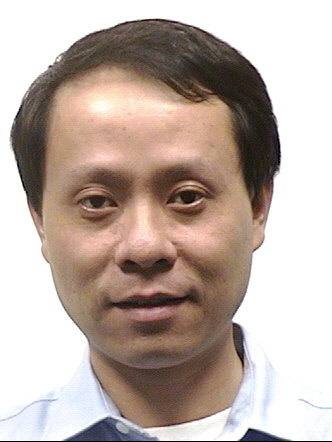Program Information
CT Scanner Hardware and Image Quality Assessment
F Dong1*, J Fan2*, B Schmidt3*, (1) The Cleveland Clinic, Solon, OH, (2) CT Systems Engineering, GE Healthcare, Waukesha, Wisconsin, (3) Siemens AG, Erlangen,
Presentations
TU-CD-204-0 (Tuesday, July 14, 2015) 10:15 AM - 12:15 PM Room: 204
For practicing medical physicists, CT image quality assessment is, in general, limited to the ones required by ACR and based on the axial images, such as CT number uniformity, image noise, contrast-to-noise ratio (CNR), and high contrast resolution. However, with more advanced technologies introduced by CT vendors, just assessing these basic image quality metrics may not be enough. Noise power spectrum (NPS), characterizing the signal noise component at each spatial frequency, is a powerful tool to predict the CT performance related to lesion detectability and noise texture. The quality of coronal and sagittal reformatted images is, in a large part, determined by the slice profile. How to accurately assess the slice profile is important for clinical medical physicists but not well recognized.
Automatic tube current modulation (ATCM) has been adopted by major CT manufacturers, to maintain image quality across the scan range. The way how ATMC works varies significantly among vendors. A “standard” method is needed to evaluate the performance of this critical dose-saving and image quality improvement technique. As dual energy CT becomes more readily available for routine clinical use, the need of image quality assessment metrics unique to the dual energy CT mode is becoming urgent.
The session will facilitate the discussion of NPS and its application in the evaluation of FBP and iterative reconstruction. This session will also present the methods to measure the slice profile and characterize the performance of ATCM. The last part of this session will focus on the physics of CT dual energy mode, as well as unique image quality metrics to evaluate the performance of the dual energy mode.
Learning Objectives:
1. Be familiar with procedures on how to correctly compute CT noise power spectrum
2. Understand why basic image quality metrics used for FBP may not be sufficient to characterize the performance of advanced iterative reconstruction
3. Understand CT slice profile and how to accurately measure it
4. Be familiar with ATCM from major CT vendors and how to evaluate its performance
5. Understand different hardware approaches for dual energy CT
6. Be familiar with image quality metrics relevant to dual energy mode
Funding Support, Disclosures, and Conflict of Interest: Schmidt: Employee of Siemens Healthcare Fan: Employee of GE Healthcare
Contact Email:







